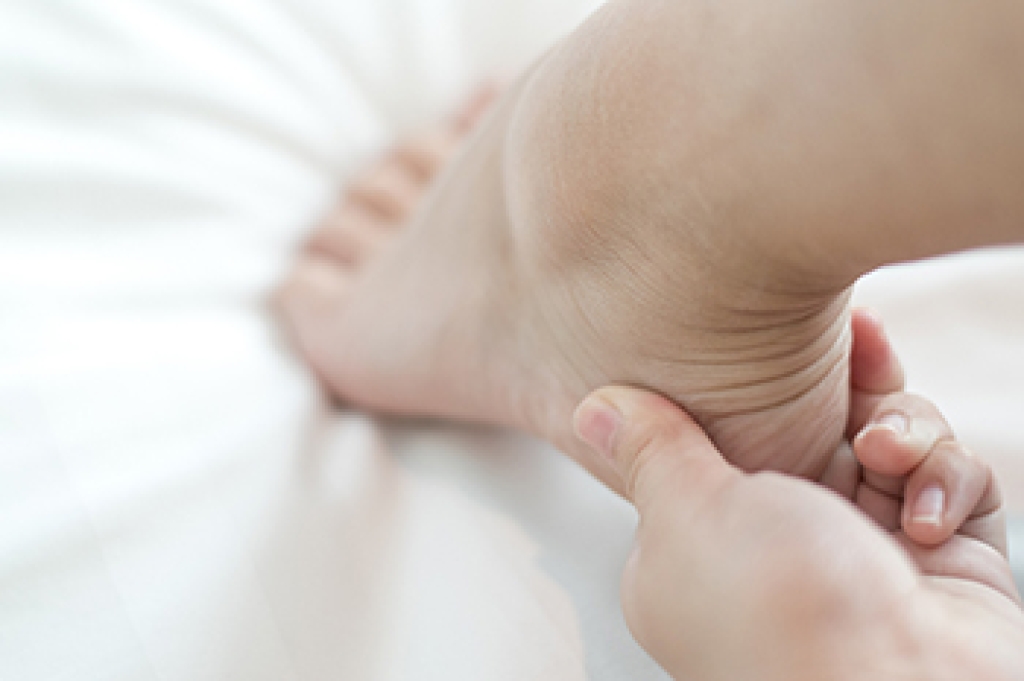 Sever’s disease, also known as calcaneal apophysitis, refers to an inflammation of the growth plate in the heel. It is one of the most common foot injuries in children and adolescents between the ages of 8 and 14. It is especially common in children who are involved in sports activities such as soccer, running, or basketball. Symptoms of Sever’s disease include pain in the back or bottom of the heel, pain when the sides of the heel are squeezed, difficulty running, jumping, or walking, limping, walking on the toes to avoid putting pressure on the heels, and tiredness. There are various treatments for Sever’s disease including resting the foot by stopping or reducing participation in the activity that caused it, supporting the heel with shoe inserts or custom orthotics, and taking oral medications to reduce pain and inflammation. If your child complains of heel pain, it is highly recommended that you take them to see a chiropodist.
Sever’s disease, also known as calcaneal apophysitis, refers to an inflammation of the growth plate in the heel. It is one of the most common foot injuries in children and adolescents between the ages of 8 and 14. It is especially common in children who are involved in sports activities such as soccer, running, or basketball. Symptoms of Sever’s disease include pain in the back or bottom of the heel, pain when the sides of the heel are squeezed, difficulty running, jumping, or walking, limping, walking on the toes to avoid putting pressure on the heels, and tiredness. There are various treatments for Sever’s disease including resting the foot by stopping or reducing participation in the activity that caused it, supporting the heel with shoe inserts or custom orthotics, and taking oral medications to reduce pain and inflammation. If your child complains of heel pain, it is highly recommended that you take them to see a chiropodist.
Sever’s disease typically affects young children and teenagers. If your child complains of foot pain, please consult with one of the chiropodists from The Footcare Centre. Our chiropodists will assess your condition and provide you with quality foot and ankle treatment.
What Is Sever’s Disease?
Sever’s disease, also known as calcaneal apophysitis, is an inflammation of the growth plate in the heel bone. It is typically caused by overuse due to repetitive activities such as running, jumping, and playing certain sports. This condition most frequently affects children between the ages of 8 and 14.
Symptoms
Symptoms of Sever’s disease include:
- Pain in the back or bottom of the heel
- Pain when the sides of the heel are squeezed
- Limping or walking on tiptoes to avoid putting pressure on the heel
- Difficulty running, jumping, or participating in usual activities
- Fatigue
Diagnosis
Sever’s disease is diagnosed by taking a thorough medical history and performing a physical examination. Imaging studies, such as an X-ray, can help rule out other injuries like a fracture.
Treatment
Sever’s disease typically heals without any long-term complications. Treatment involves resting the affected foot by reducing typical activities, wearing orthotics to support the foot, immobilizing the affected foot, taking medications to reduce pain and inflammation, and stretching the foot.
If you have any questions, please feel free to contact our office located in . We offer the newest diagnostic and treatment technologies for all your foot care needs.
